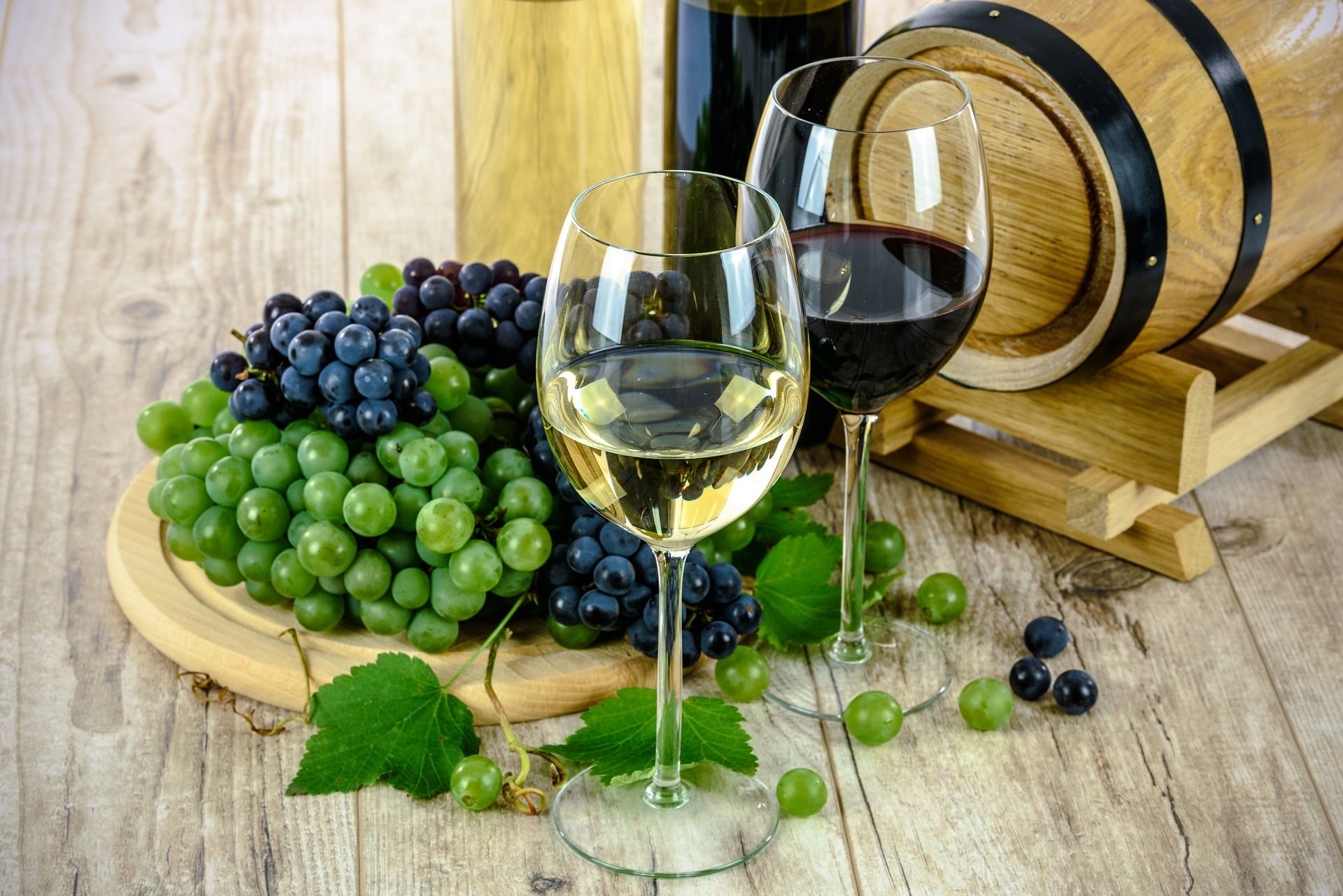Except for the standard European kitchen, Croatia offers its own most popular domestic dishes and specialties for example the cold dishes like the famous dalmatian or Istrian prosciutto, sheep cheese from Pag or Lika, kulen from Slavonia, sausages from Samobor or Zagorje, and fresh cheese with cream. The main dishes depend on the area in which you are situated. In Dalmatia and the coastal areas, on the islands and in Istria the main dishes consists mostly of fish and sea fruits, and of meat, there is pasticada or cooked lamb.
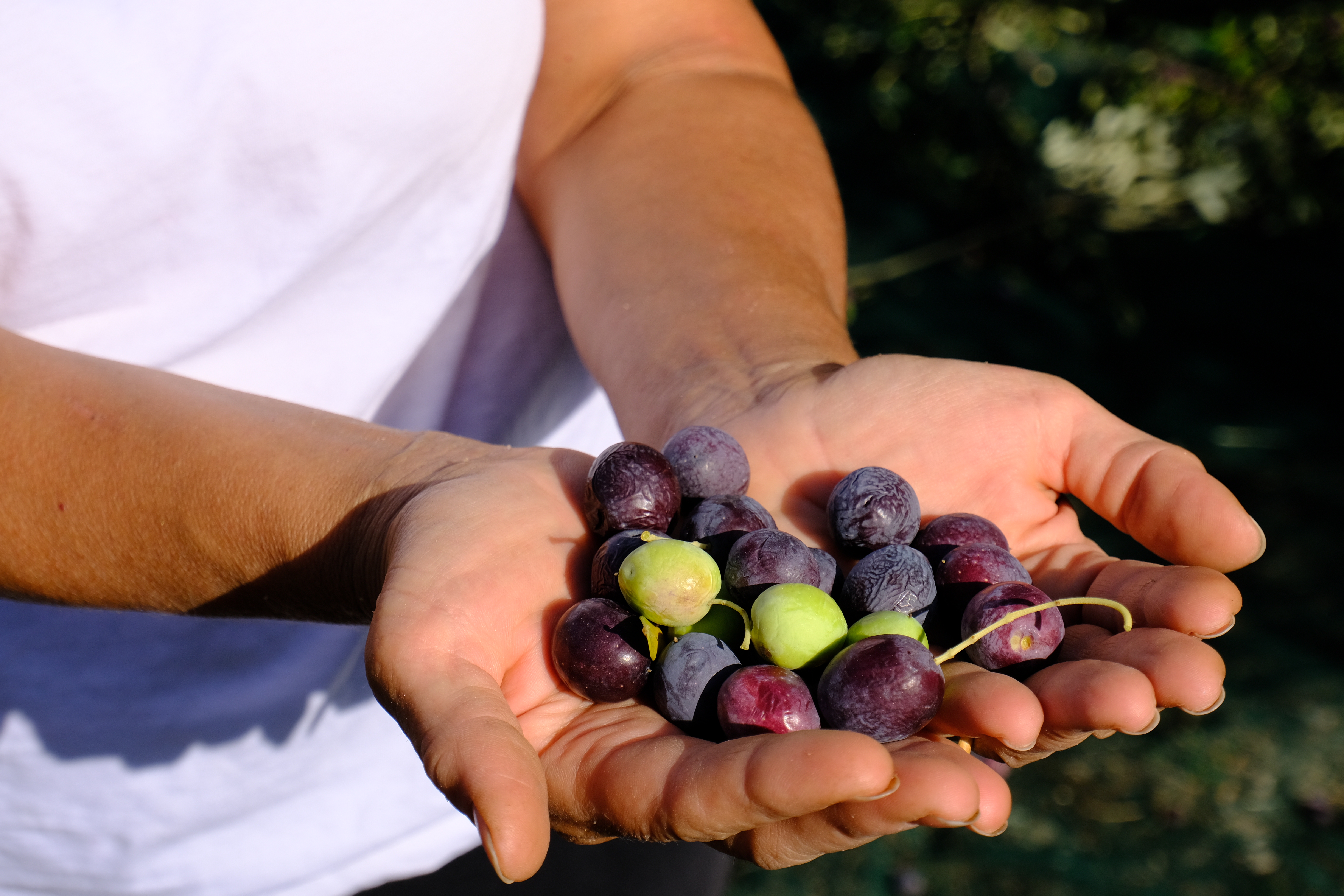
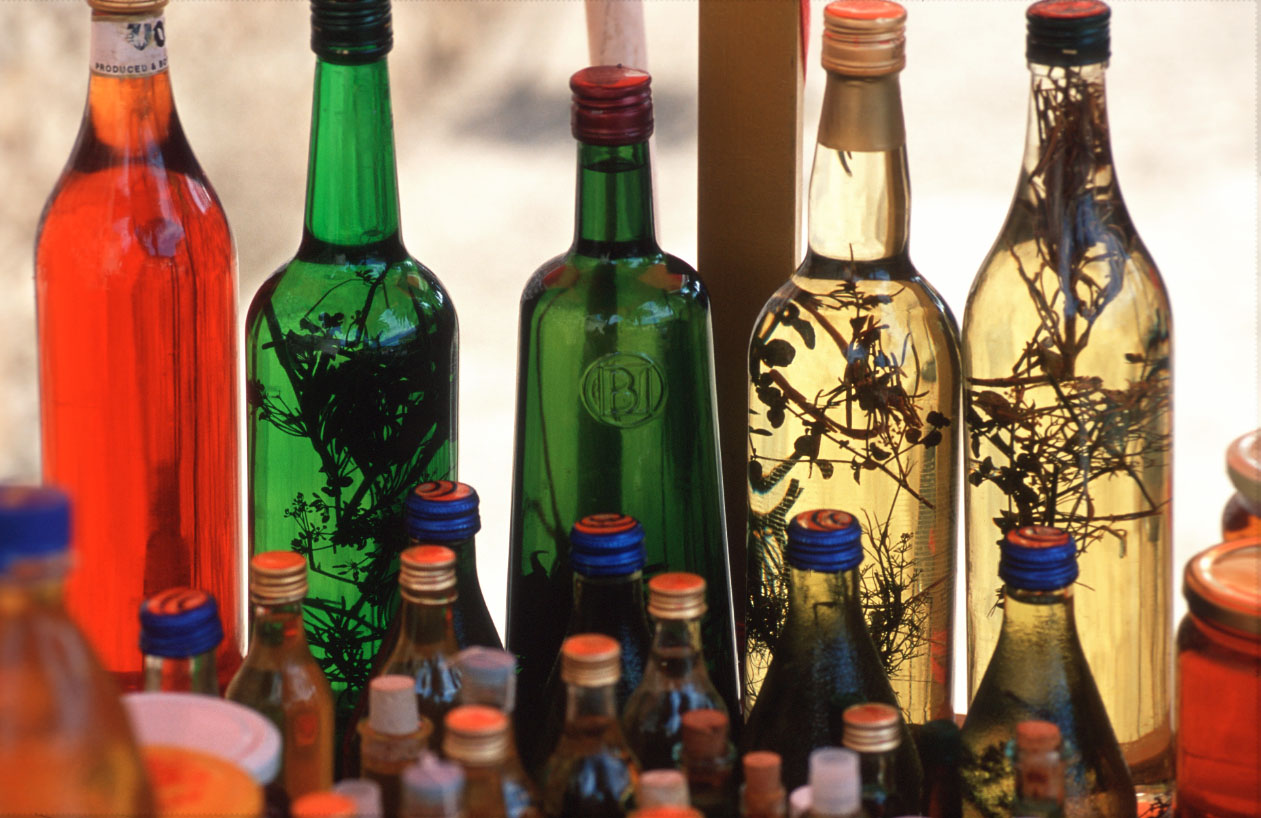
Dalmatia and the islands
The cuisine of Dalmatia and the islands follow the trend of modern nutritional norms. The brief thermal preparation of foodstuffs (mainly boiling or grilling) and plenty of fish, olive oil, vegetables and self-sown herbs found near the sea is why this cuisine is considered to be very healthy. Dalmatian wines, olive oil and salted olives, have been highly esteemed since ancient times, which the present names of some of the indigenous grape sorts reveal (Grk : Greek, from the island of Korcula; Prč from the island of Hvar). Famous wines include Dingac and Postup from the Peljesac Peninsula; Babic from Primosten; Vugava and Plancic from the island of Hvar... then there are Posip and Grk from Korcula; Marastina from the island of Lastovo; Malmsey (Malvazija) from Dubrovnik, etc., and also Prosecco (a sweet dessert wine), the very strong grape (loza) and herbal brandies (travarica, grapes with medicinal herbs) and liqueurs (Maraschino, Vlahov).
Although even today every area has its own way of preparing certain dishes, the cuisine of the islands represents a separate world, their distinguishing features having been discovered only recently, such as the cuisine of the islands of Hvar, Korcula, Brac (vitalac, a dish made from lamb offal wrapped in lamb gut and spike-roasted), Vis (spike-roasted pilchards, as during the Ancient Greek period; flat cake with pilchards from Komiza and Vis, related to the modern-day pizza).
Fresh sea fish (dogtooth tuna, gilthead, sea-bass, grouper, mackerel, pilchards) grilled, boiled, or marinated; then there are mollusks (squid, cuttlefish, octopus), crustaceans (shrimps, lobsters), and shellfish (mussels, oysters, date-shells) boiled in a fish stew or as a risotto. Of the meat dishes, prosciutto is unarguably unrivaled - pork leg smoked and dried in the bora (from Drnis), served with dry, mostly sheep cheese (famous sorts of cheese are those from Pag and Dubrovnik) and salted green and black olives, capers and pickled onions.
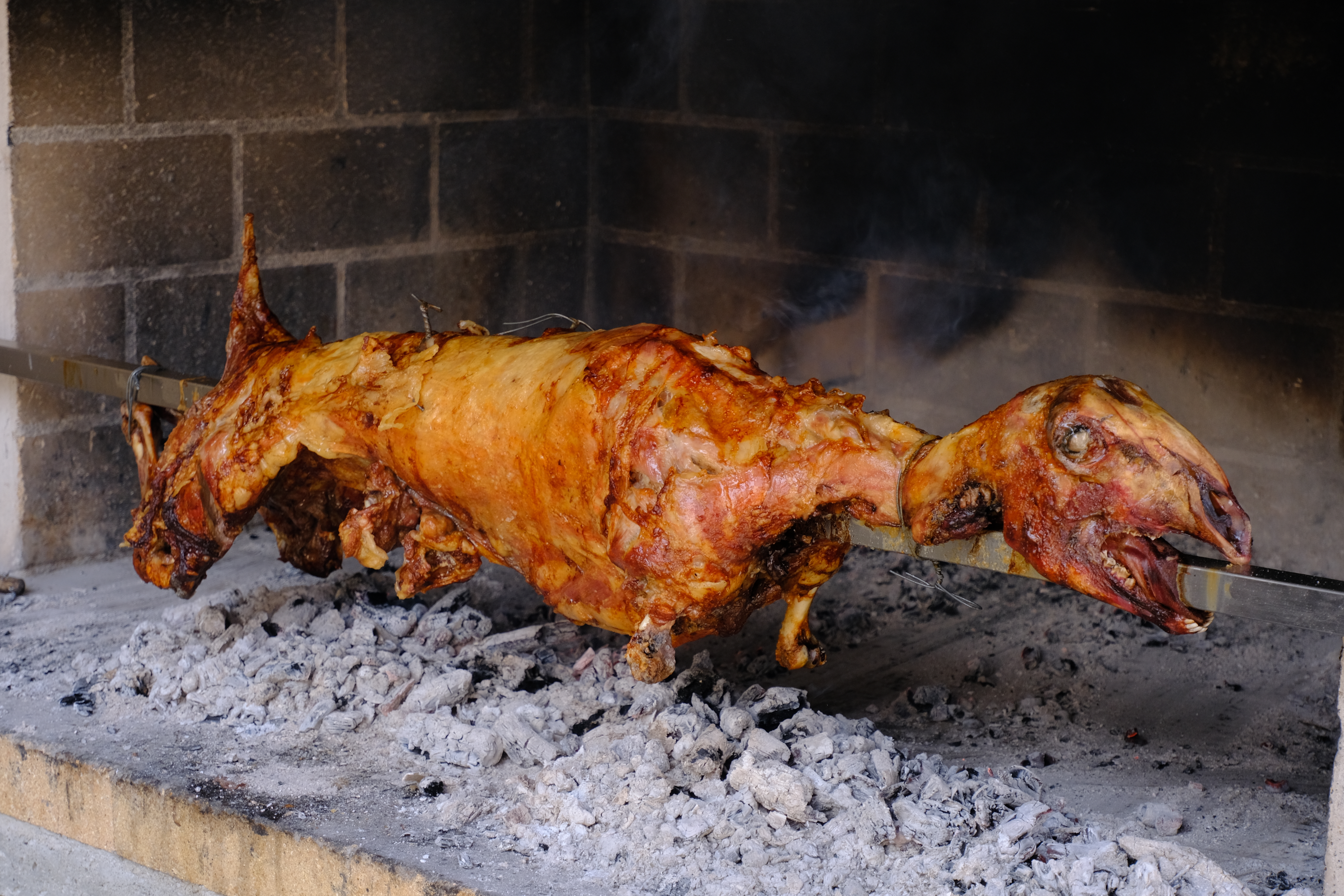

Lamb is also very highly valued, especially boiled or baked on an open fire (Franjevacka begovica from Visovac, or lopiz from the island of Iz); also, dried mutton (kastradina), roast beef, Dalmatian stew (pasticada) with gnocchi, offered by many restaurants. Lightly boiled vegetables are also favorite dishes (Swiss chard with potatoes, tomato sauce) often a mixture of cultivated and self-sown vegetables, spiced with olive oil and wine vinegar, or served with meat (manestra - pasta with minced meat; Aramaic - stuffed vine leaves).
Regions with an abundance of freshwater are famous for their frog, eel and river crab dishes (the Neretva valley, Trilj and the Cetina basin). Typical Dalmatian desserts win the heart with their simplicity. The most usual ingredients include Mediterranean fruit, dried figs, and raisins, almonds, honey, eggs (rafioli, mandulat, smokvenjak, the gingerbread biscuits from the island of Hvar - rozata).
Fish Grill (Riba na gradele)
Fish grill is a staple in the world of Croatian seafood recipes. Here, Adriatic fish is sourced daily, so you can count on its high quality and fresh taste. Fish according to the content and distribution of fat is divided into blue and white. Blue fish stores fat in fat cells throughout the body, and white in the liver and to a lesser extent in the abdominal cavity.The most popular fish for grilling are sea bass and gilt-poll side, with potatoes and swiss chard as side dishes. Besides the fish, the most important ingredient is olive oil, because you use it both on the grill and the fish. Homemade white wine is most often served with fish. There is an old saying that fish swim three times: in the sea, in oil, and the third time in wine.
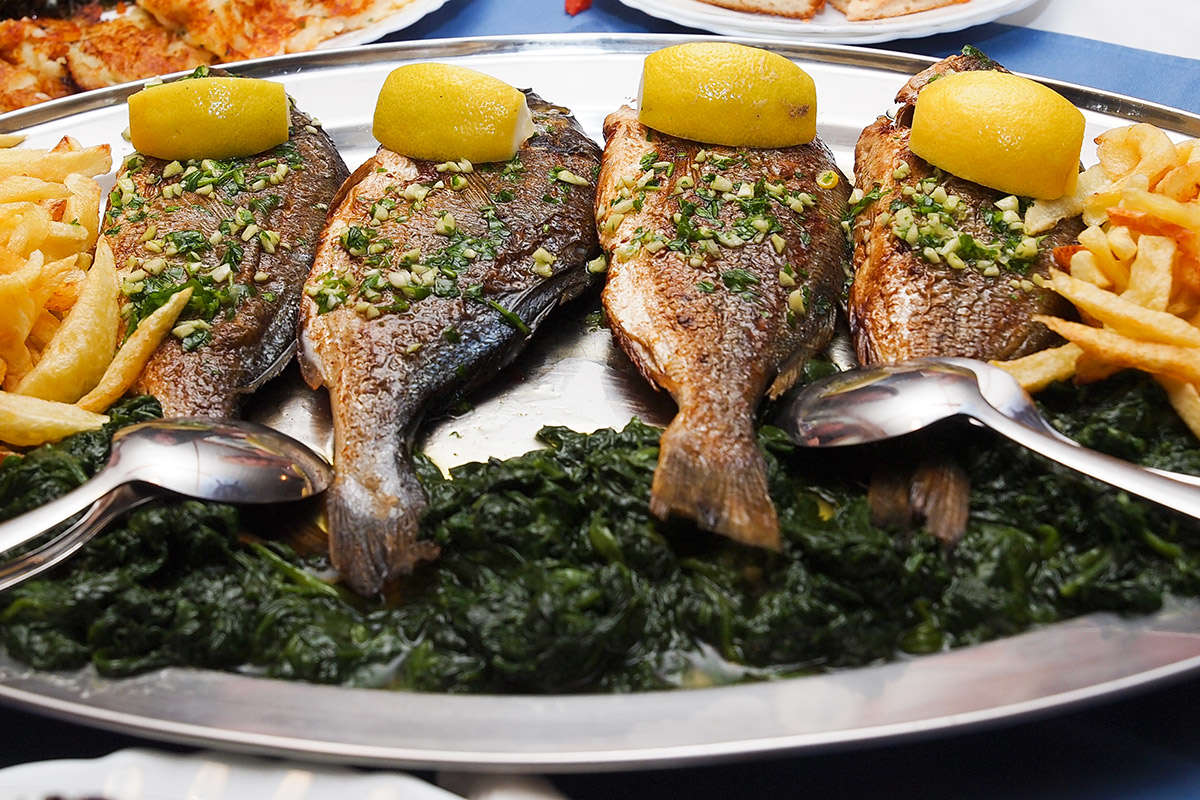
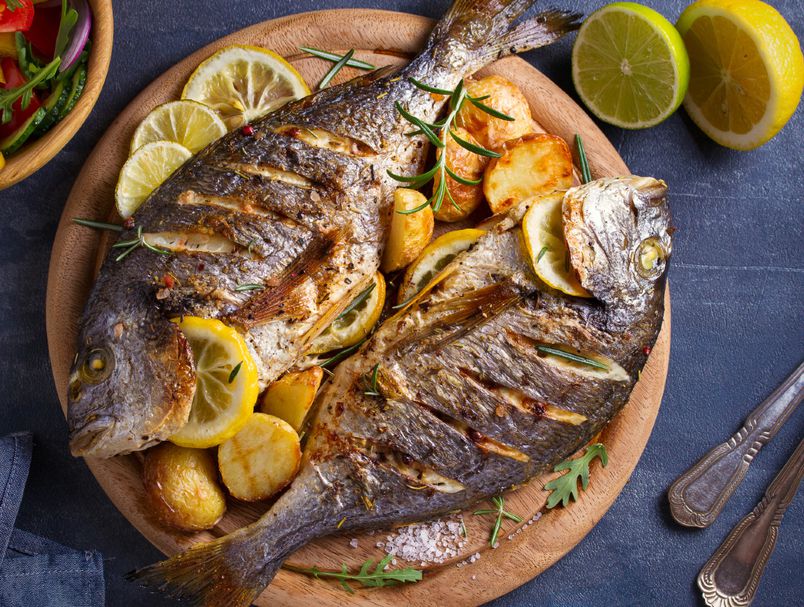
Dalmatia ,,Pršut“ Prosciutto
Pršut (Prosciutto) is a gastronomic specialty created by drying on the smoke and bora (strong, dry and cold wind) meat of the hind (sometimes the front) legs of the pig. Due to its specific taste and unusual way of obtaining it is considered one of the most original products of Croatian cuisine, and thus has become an indispensable part of the tourist, catering and even private offer not only of Dalmatia but also of the rest of Croatia. In taste and method of production, it is similar to Istrian prosciutto, and some hams in the northwestern part of Croatia.
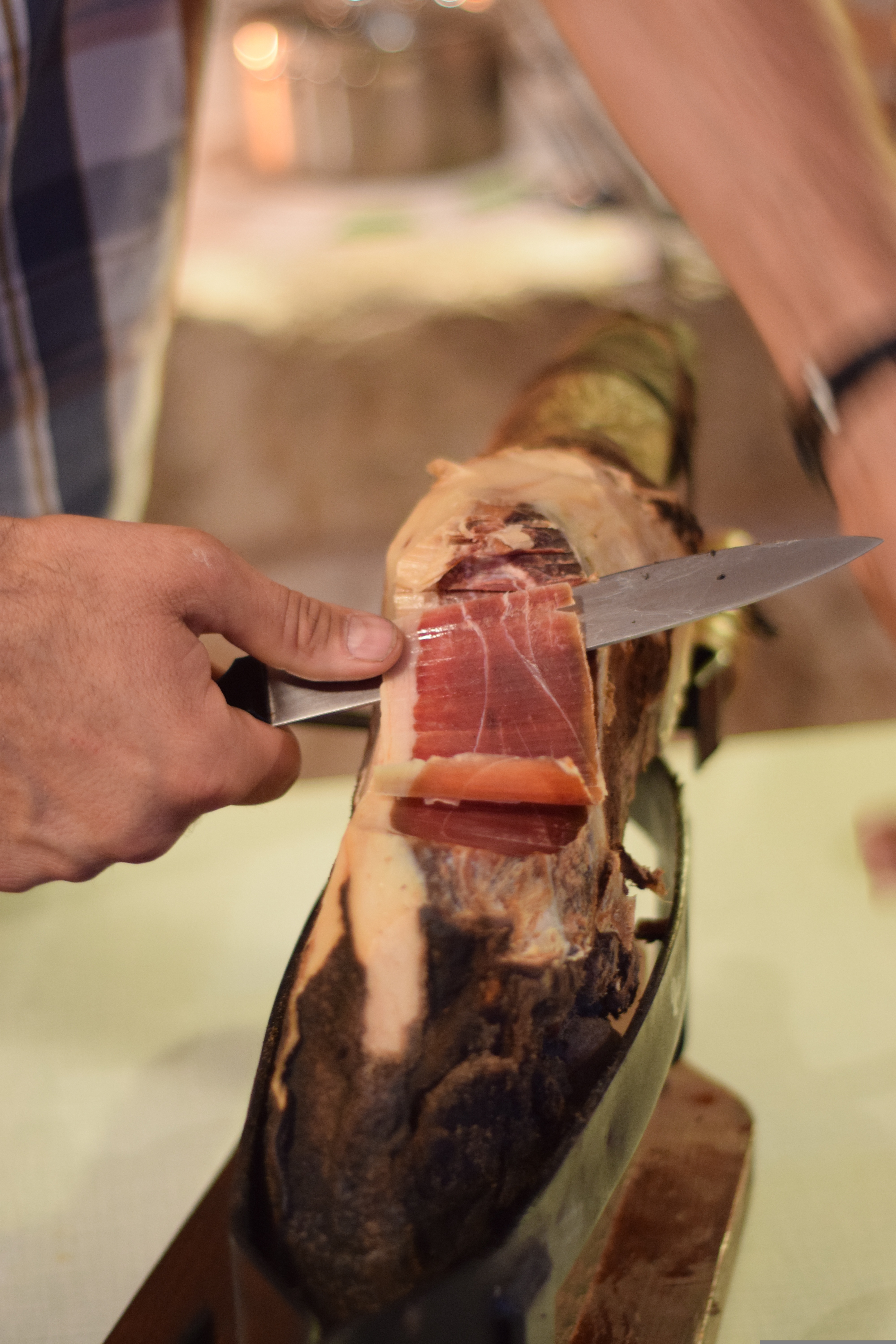
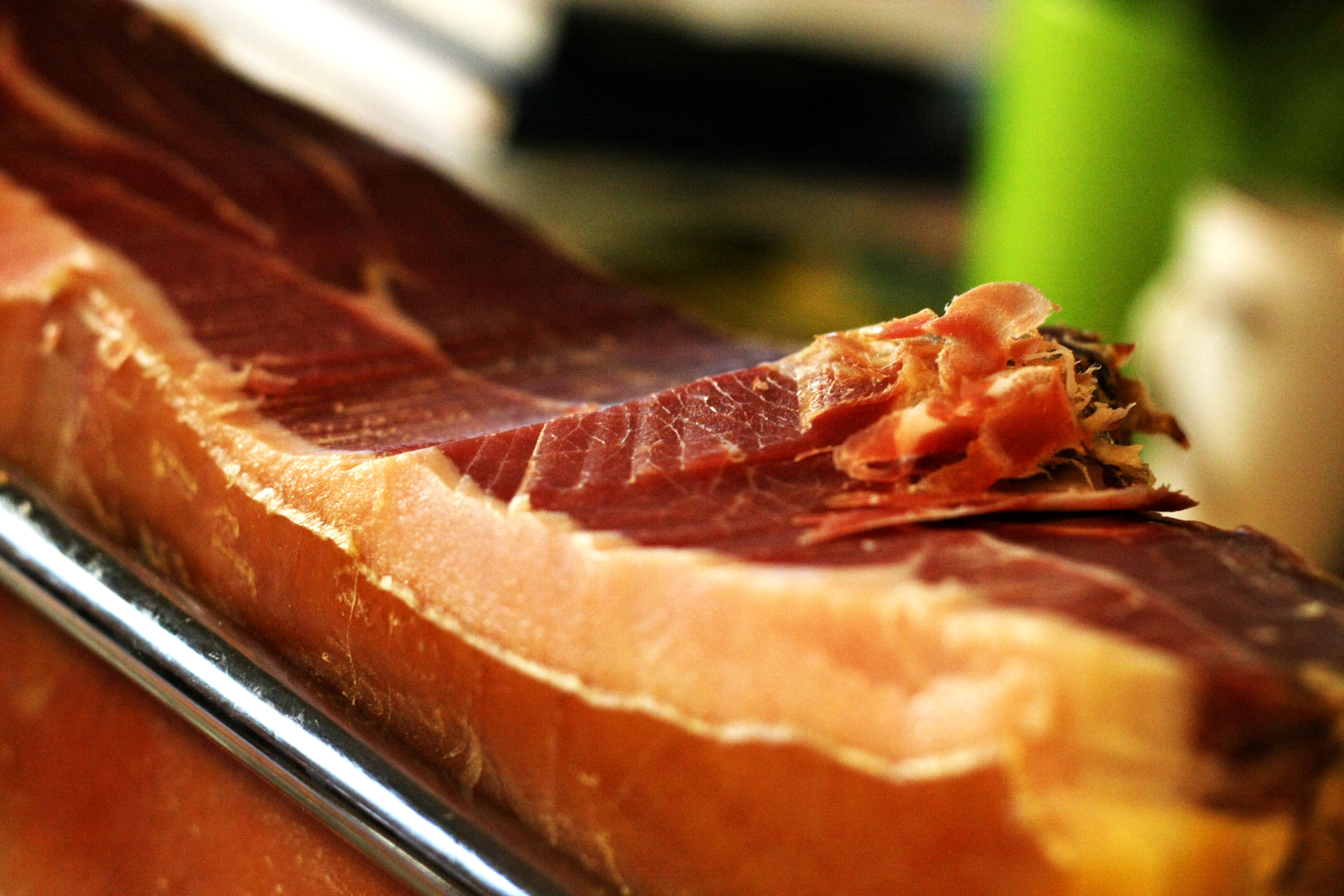
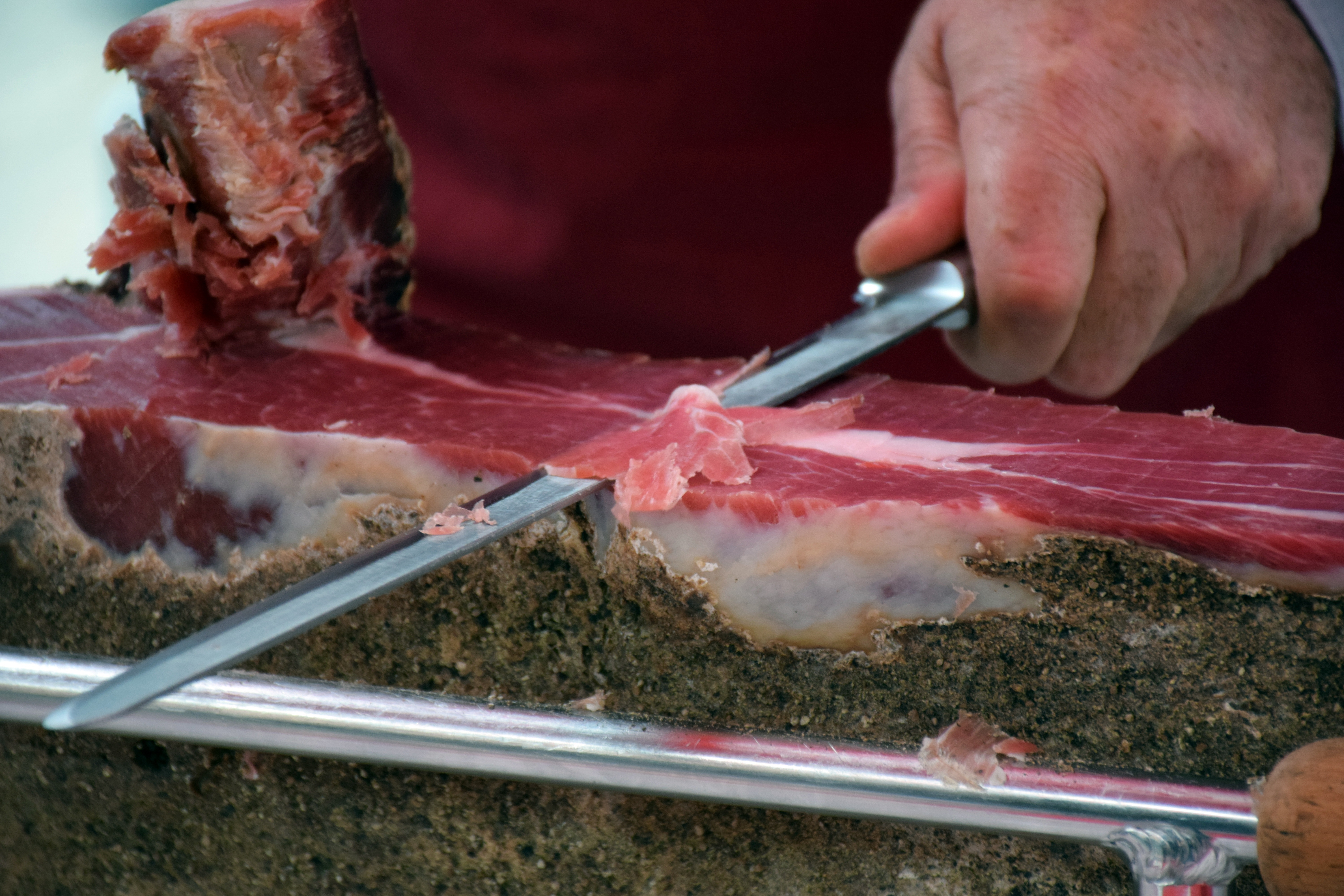
Peka
Simple is often the best, and peka is definitely back-to-basics comfort food. Under a čripnja, a bell-like lid covered in coal for about two hours, a concoction of meat – lamb, veal, octopus or chicken – with vegetables, olive oil and fres herbs, makes up peka This ancient way of preparing food results in the juiciest of juciest roasts you would have ever come across.
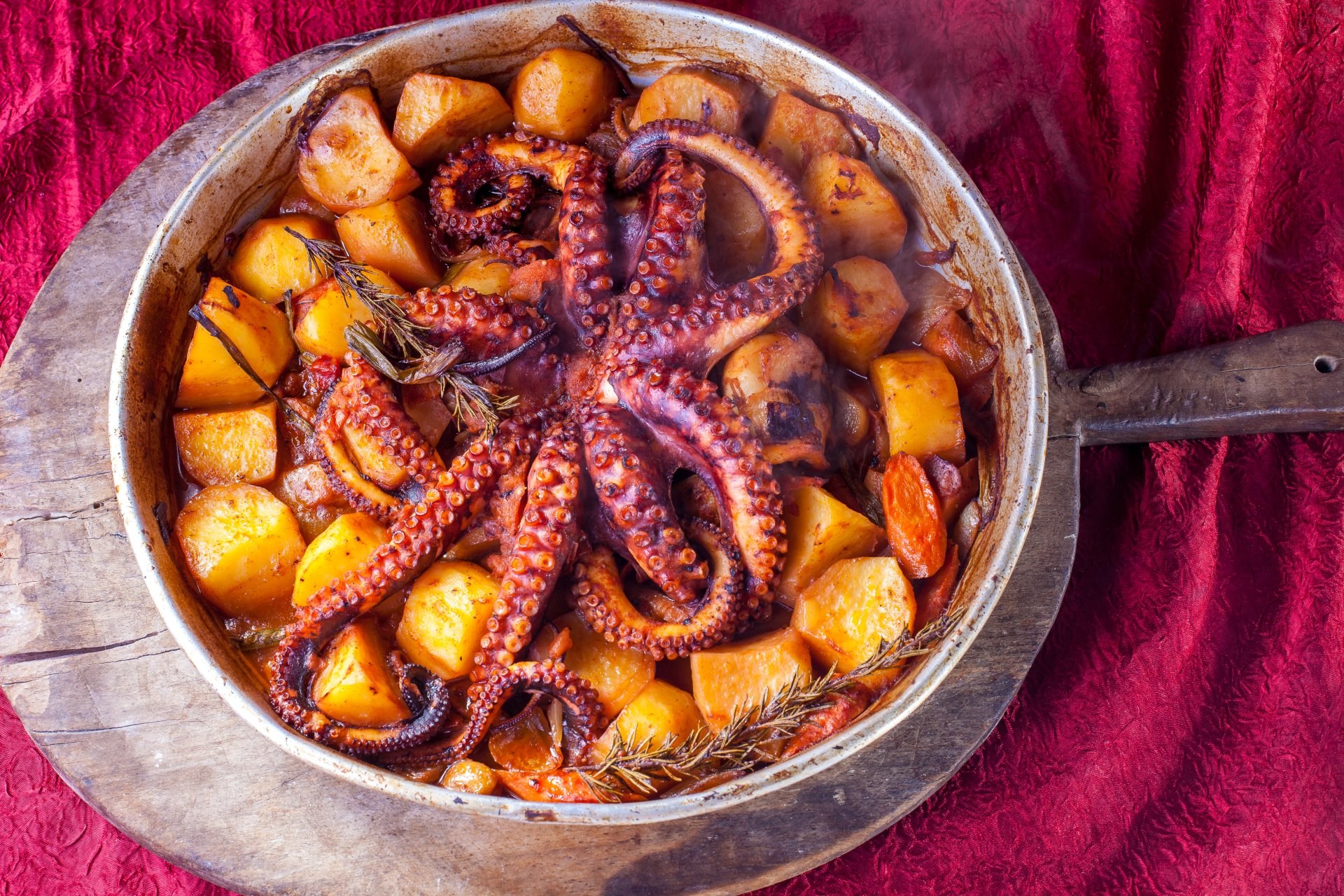
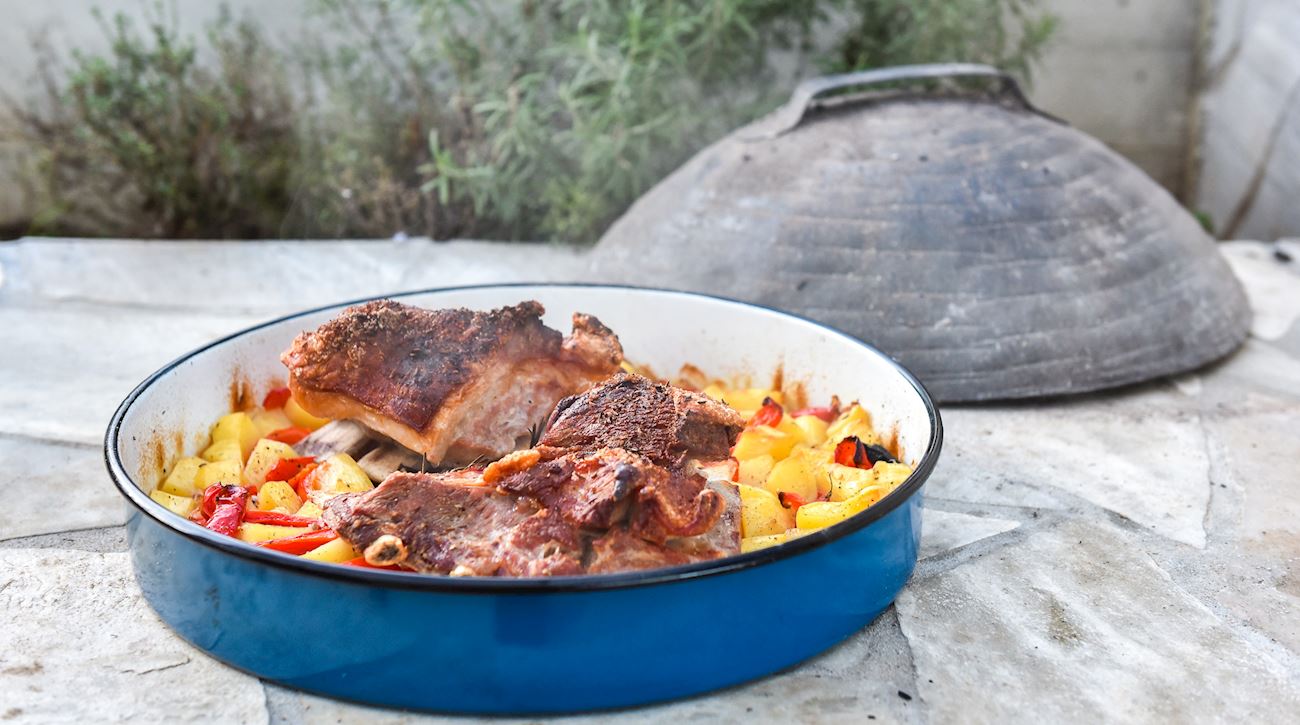
Pašticada
Pašticada si any blue-collar's favourite lunch-break meal and a compulsory dish at every Dalmatian feast. This beef stew smothered in a thick sweet sauce oozes with a million flavours, a result of several days of marinating in vinegar, lemon and rosemary and sizzled slowly with carrots, red wine, cloves, nutmeg and Dalmatian prosciutto (pršut). Every konoba (tavern) will likely have a pašticada on the menu served with homemade gnocchi.
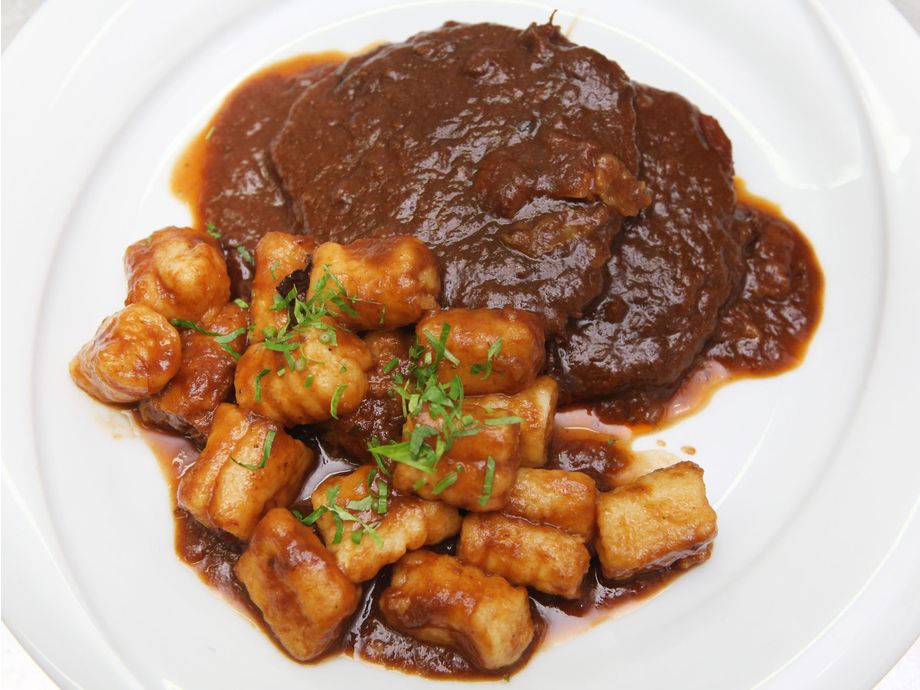
Vitalac
There are also a few dishes that fall into the „bizarre“ bites category, but that doesn't make them any less tasteful. Vitalac is an ancient dish from the island of Brač where lambs's offal is fired on a spit, then wrapped in cault to be further grilled; the result is a bacon-crispy sensation with a tender stuffing. Brač is famed for their lamb that has not yet tasted grass, but only their mother's milk that has grazed off salty pastures abundant with Mediterranean wild herbs. Vitalac came about as an appetizer to nibble on as you wait for the lamb on the spit to be fire up.
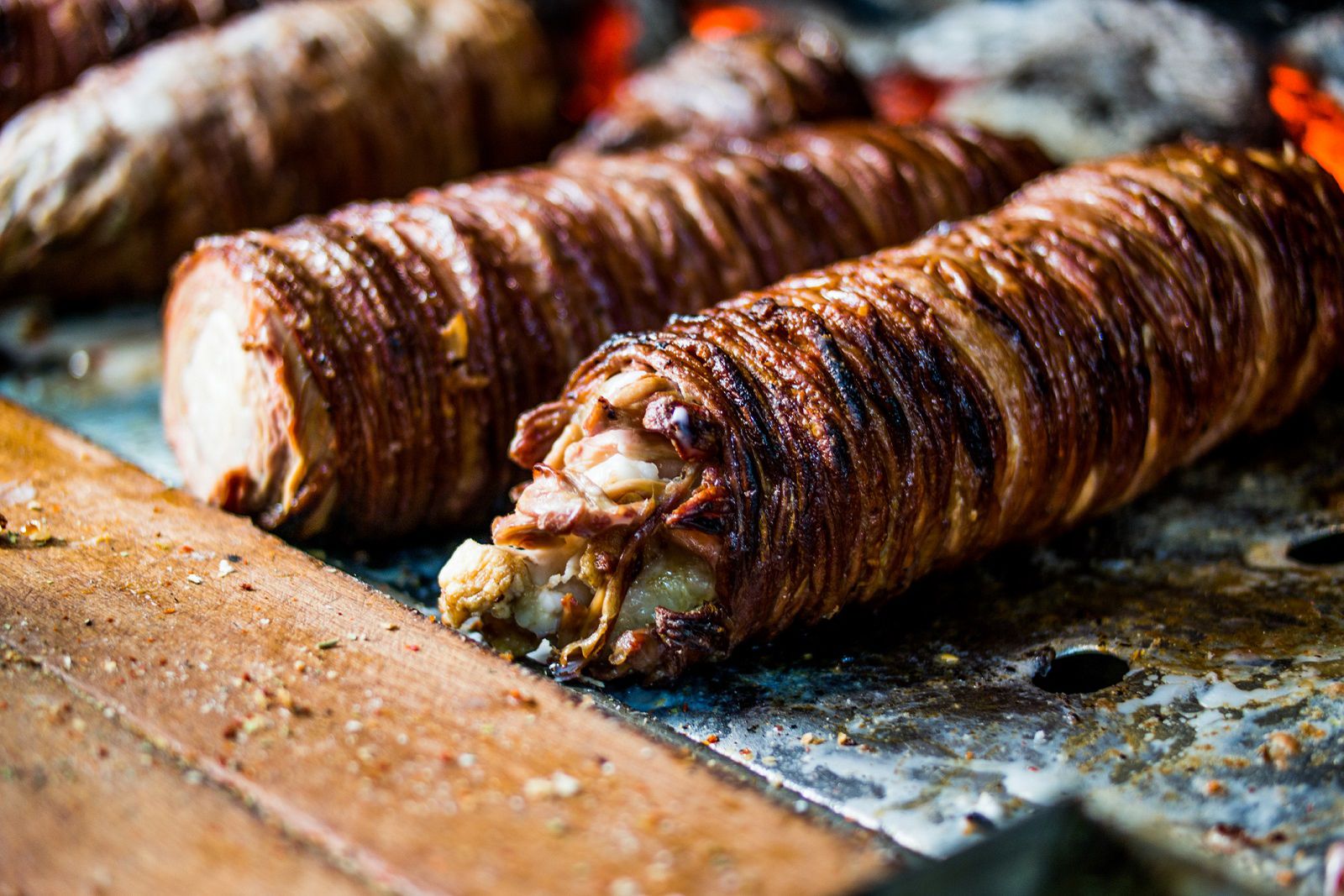
Dagnje na buzare
Dagnje na buzaru is a traditional dish of the Croatian coast prepared with mussels as the main ingredient. The shells are scrubbed, placed into a pot with lukewarm water, covered, and lightly heated until all of them crack open. Olive oil, garlic, parsley, and a bit of pepper are sautéed, then mixed with the mussels and maybe a few slices of lemon. White wine is added for the final touch, and the dish is then shortly simmered.
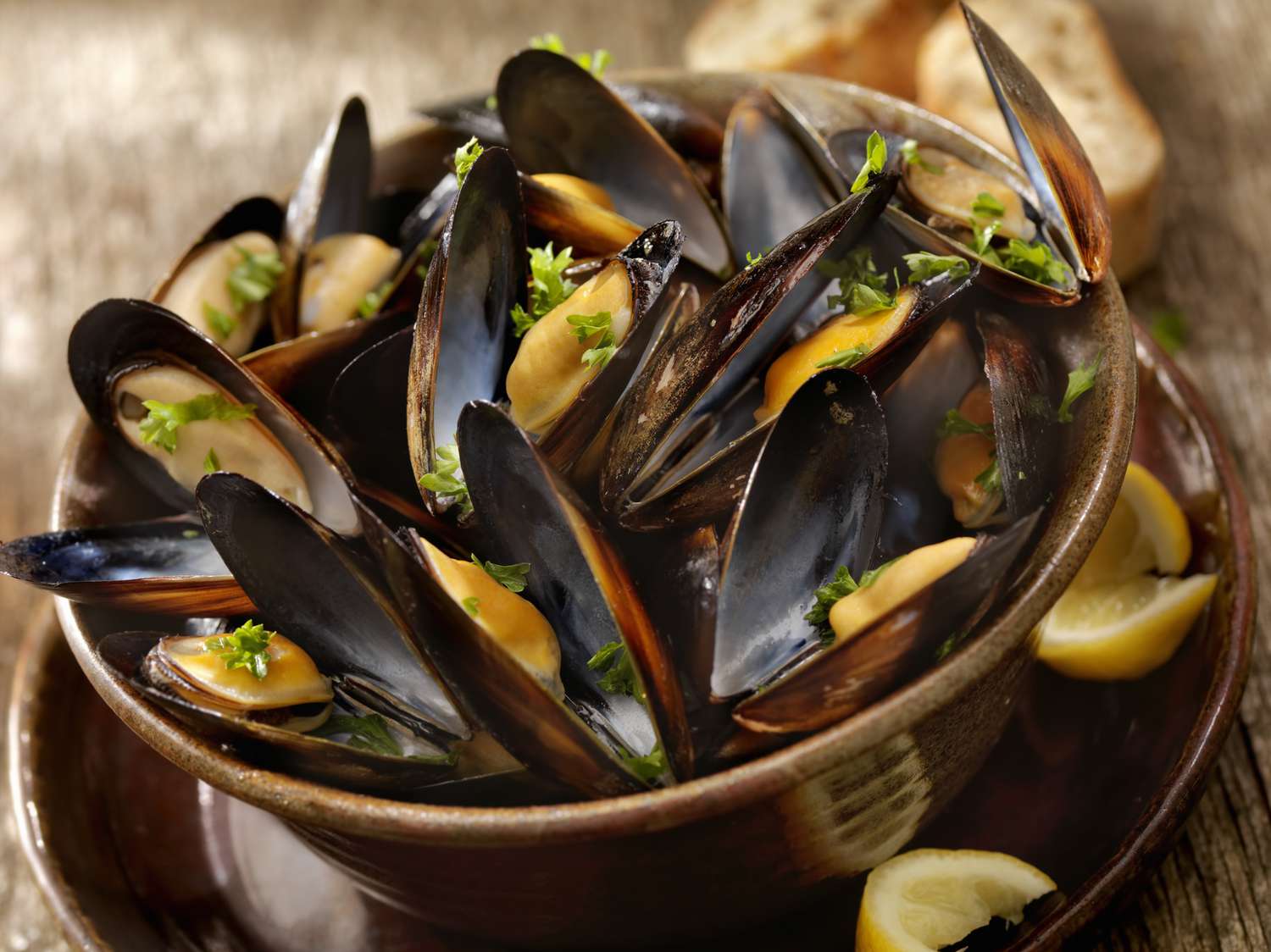

What to drink?
The cultivation of grapevines and the production of drinkable and elected wines is for centuries a tradition of the Croatian winegrowers, in the continental part of Croatia, as well as in the coastal areas and in Dalmatia. Well-known kinds of Croatian wines along the Adriatic coast and on the islands are from the red wines: teran, merlot, cabernet, opolo, plavac, dingac and postup, and from the white ones: malvazija, posip, pinot, kujundzusa, zlahtina and muskat.
From the continental part are known the wines rizling, grasevina, burgundac and traminac. The most popular alcoholic beverages are brandies named as sljivovica (prunes), travarica (herbs) and lozovaca, and of the desert drinks prosek and maraschino.

